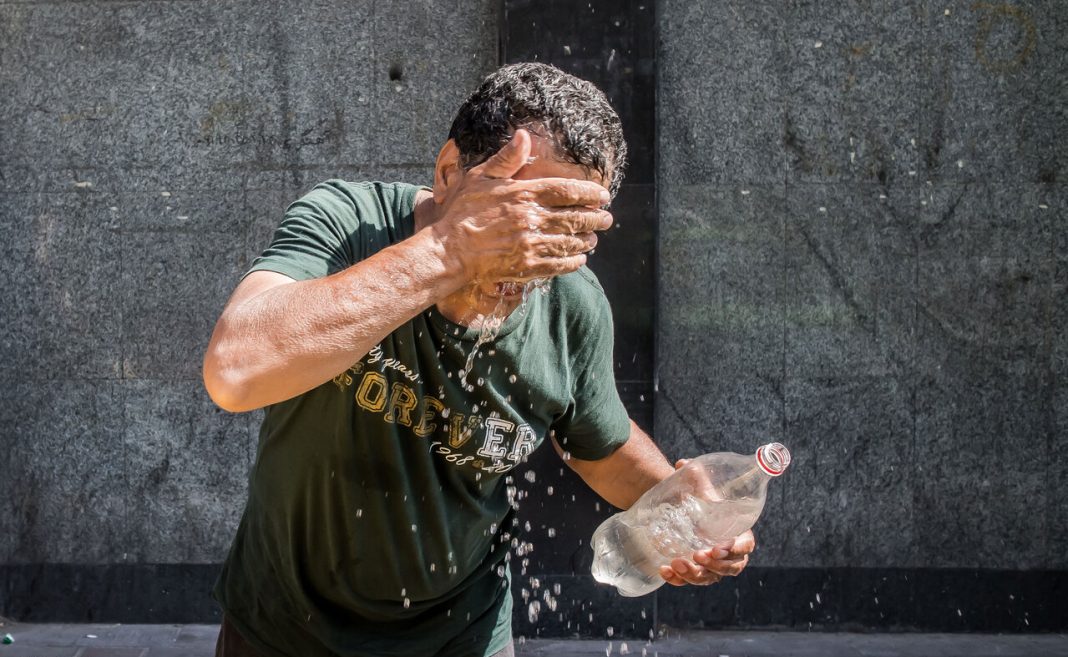In a new report, the World Bank said 99.83% of Iranian people in urban areas and 82% in rural areas have access to drinking water, while those figures stood at 85.7 and 59.6 percent in the world and 83.2 and 69.5 percent in West Asian countries.
Iran’s localization and production of 80% of the equipment needed for water treatment plants, localization and production of 65% of the equipment needed for sewage treatment plants, localization and production of 90% of the equipment needed for water and sewage networks, water supply of about 100% of the urban population, which is higher than the global average, are among other indicators in the country’s water industry, added the report.
The achievement was attributed to substantial changes the Islamic Republic has made in its water industry, such as adopting new approaches to water resources management and development of water infrastructure and facilities.
The changes included the creation of a suitable and collaborative mechanism for managing watersheds, improving water productivity, reappropriation of water, bulk delivery of agricultural water, installing gauging tools and prevention of overharvesting and unauthorized withdrawal of water.
Construction of dams and irrigation and drainage networks, urban and rural water supply, and creation of sewage facilities and water stress management were also regarded as Iran’s new approaches to its water industry.
